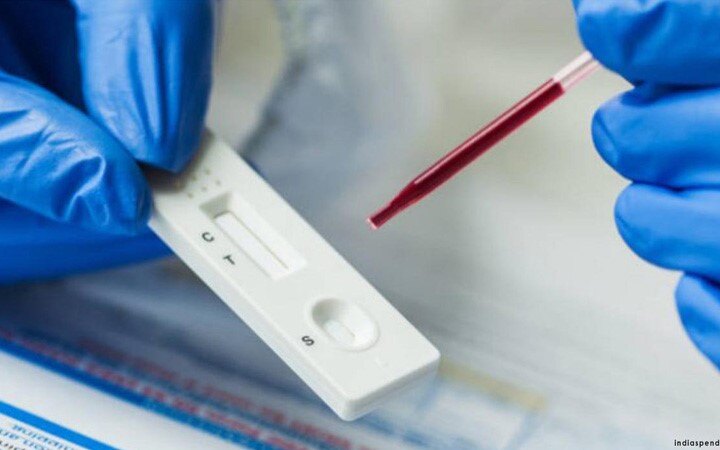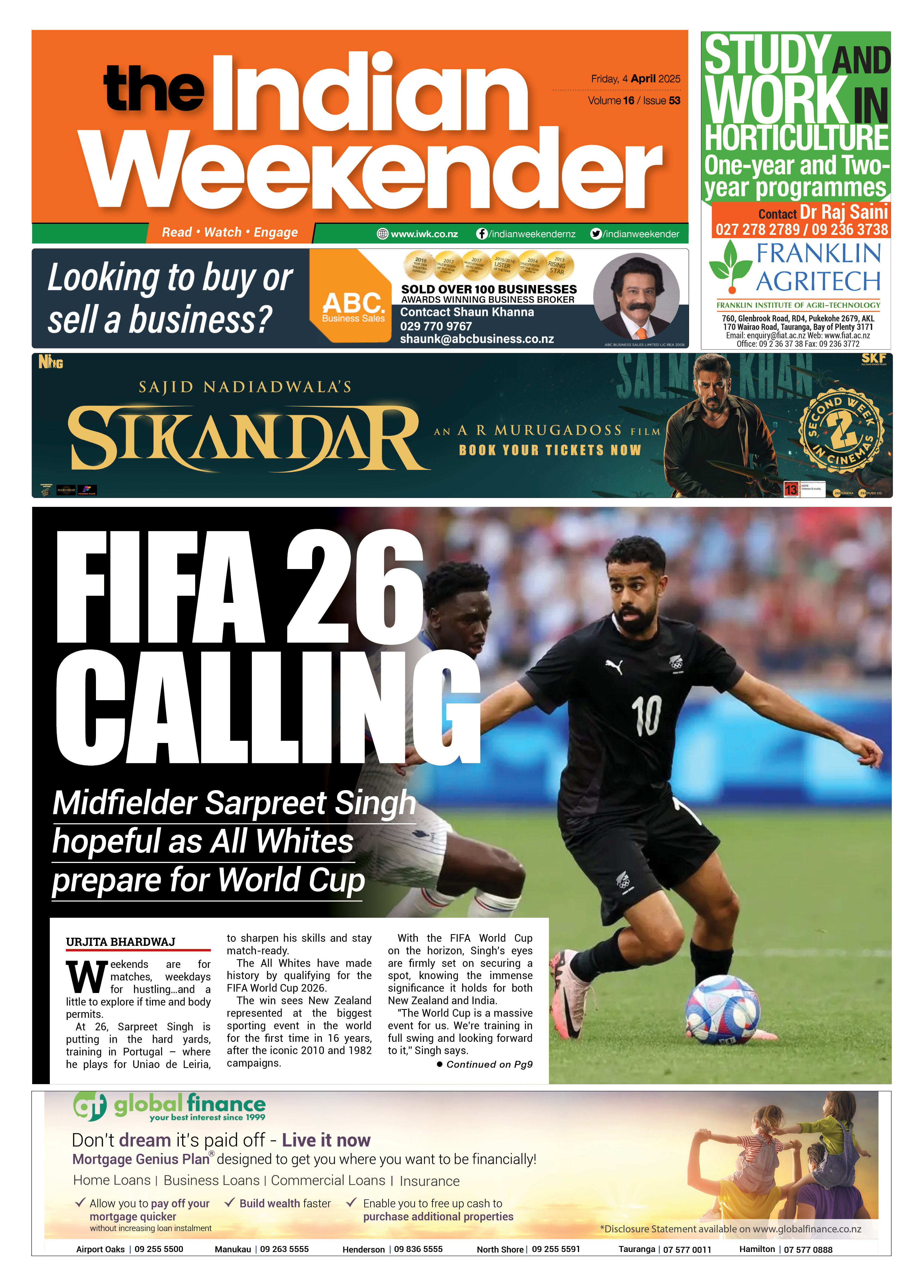Study says, 'Rapid testing can eliminate spread of COVID-19 within weeks'

A study published by Harvard University and University of Colorado Boulder claims that rapid testing is capable of eliminating the spread of the coronavirus within a few weeks.
According to a journal study published by the researchers of the University of Colorado Boulder and Harvard University, the frequency of testing is more important to attain 'personalized stay-at-home orders' and eliminate the spread of COVID-19. The lead author Daniel Larremore, an assistant professor of computer science at CU Boulder said in the report, "Our big picture finding is that, when it comes to public health, it's better to have a less sensitive test with results today than a more sensitive one with results tomorrow."
Larremore added, "Rather than telling everyone to stay home so you can be sure that one person who is sick doesn't spread it, we could give only the contagious people stay-at-home orders so everyone else can go about their lives."
As per the reports of Science Daily, the researchers from BioFrontiers Institute and the Harvard T.H. Chan School of Public Health collaborated with Larremore to explore whether test sensitivity, frequency, or turnaround time is most important to curb the spread of COVID-19. The study got published in the journal Science Advances which describes the viral load climbs and falls inside the body during infection, when people tend to experience symptoms, and when they become contagious.
For the next step, they used mathematical models to forecast the impact of screening with different kinds of tests on three hypothetical scenarios: in 10,000 individuals; in a university-type setting of 20,000 people; and in a city of 8.4 million. The results showed that frequency was much more important than test sensitivity to stop the spread of the virus.
The researchers stated the reason and said, "When the amount of testing was the same, the rapid test always reduced infectiousness better than the slower, more sensitive PCR test,"
"That's because about two-thirds of infected people have no symptoms and as they await their results, they continue to spread the virus," the authors added.
Senior co-author Roy Parker, director of the BioFrontiers Institute and a Howard Hughes Medical Institute investigator said, "This paper is one of the first to show we should worry less about test sensitivity and, when it comes to public health, prioritize frequency and turnaround."
"In one scenario, in which 4 percent of individuals in a city were already infected, rapid testing three out of four people every three days reduced the number ultimately infected by 88 percent and was sufficient to drive the epidemic toward extinction within six weeks," Parker added.
As reported by Science Daily, Antigen tests require about 1,000 times more viral load compared to the Polymerase chain reaction (PCR) test, to detect the infection. Whereas, Reverse Transcription Loop-Mediated Isothermal Amplification) RT-lamp test can detect the virus at around 100 times as compared to the PCR. The benchmark PCR test requires as little as 5,000 to 10,000 viral RNA copies per milliliter of the sample, making it capable of detecting the virus very early or very late.
Parker told, "Early in infection, in which the PCR will detect the virus but something like an antigen or LAMP test won't. An infected person can go from 5,000 particles to 1 million viral RNA copies in 18 to 24 hours."
Senior co-author Dr. Michael Mina, an assistant professor of epidemiology at the Harvard T.H. Chan School of Public Health, through his study found that rapid tests are the most effective test in detecting COVID when people are contagious.
"Even if half of Americans tested themselves weekly and self-isolated if positive, the result would be profound. Within a few weeks we could see this outbreak going from huge numbers of cases to very manageable levels," he said.
The authors say they are encouraged to see that several countries have already begun testing all of their citizens. According to the senior authors, rapid testing could bring back life into the deserted stadiums, concert venues, and airports, with visitors testing themselves on the way and still wearing masks as a safety measure.
Analyzing the whole research, Larremore said, "It's time to shift the mentality around testing from thinking of a COVID test as something you get when you think you are sick to thinking of it as a vital tool to break transmission chains and keep the economy open." (ANI)




